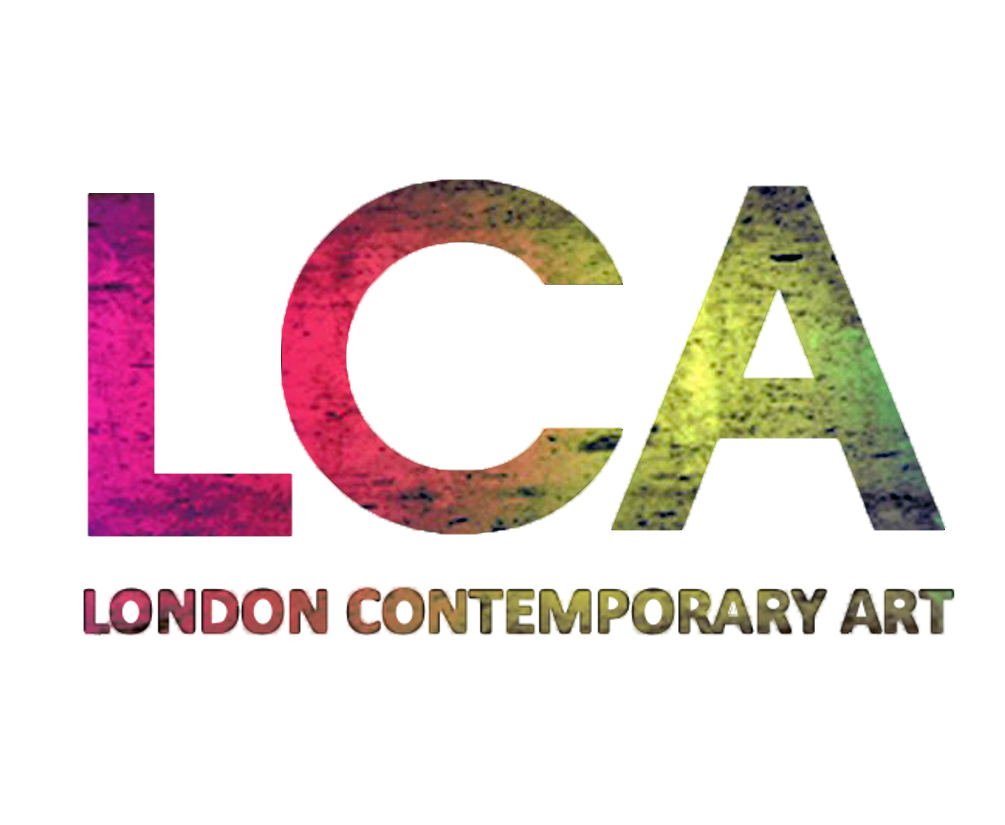Russell Frampton, was born in 1961 in Hampshire. He was educated at Portsmouth and at Exeter Art College (B.A. in Fine Art), later taking his M.A. in Fine Art at the University of Plymouth. He is now living in Devon but also makes frequent visits to his house in Brittany. Here in our gallery London Contemporary art we have a large selection of artwork by Russell Frampton for sale.
“Nautical and maritime themes have often resurfaced in my work mainly because of associations with my childhood, being brought up on the River Hamble within a stones throw from the busy international shipping port of Southampton. The Solent and Cowes as seen from Warsash were formative landscape memories and the regular passage of tankers, passenger ships, ferries and yachts against the backdrop of the flaming refineries at Fawley etched a painterly structure into me”
The Solar Discs
The Solar discs are direct references to established archaeological finds. The idea of the sun as a form of deity has been represented in cultures ranging from the Neolithic through Egyptian and Greek periods to its continued use today. The disc acting as a form of codified, calendric wheel of prediction, that is both a cosmological instrument of measurement and a receptacle of meaning of lore and knowledge.
The discs also relate to the constructional form of wooden slatted, warriors shields, with the central circular space where the protective shield boss would be. The surfaces are incised, chiselled and drilled to suggest the weathered and aged patina of a rediscovered artefact, one that bears the marks of both its implied practical and mythic use and its constructional history. The aesthetic legacy of the Bi or Pi disc in China is also influential, where from Neolithic times punctured discs were carved, usually from Jade or soft stone. It is thought that there use was often ritualistic, being communication ‘portals’ used by Shamen to access the spirit world or ancestors/gods. The symbolism of the shield as a protector, a barrier, and as the carrier of insignia, as well as its obvious wheel like connotations, are aspects of the depth and diversity of associative responses to this work.
